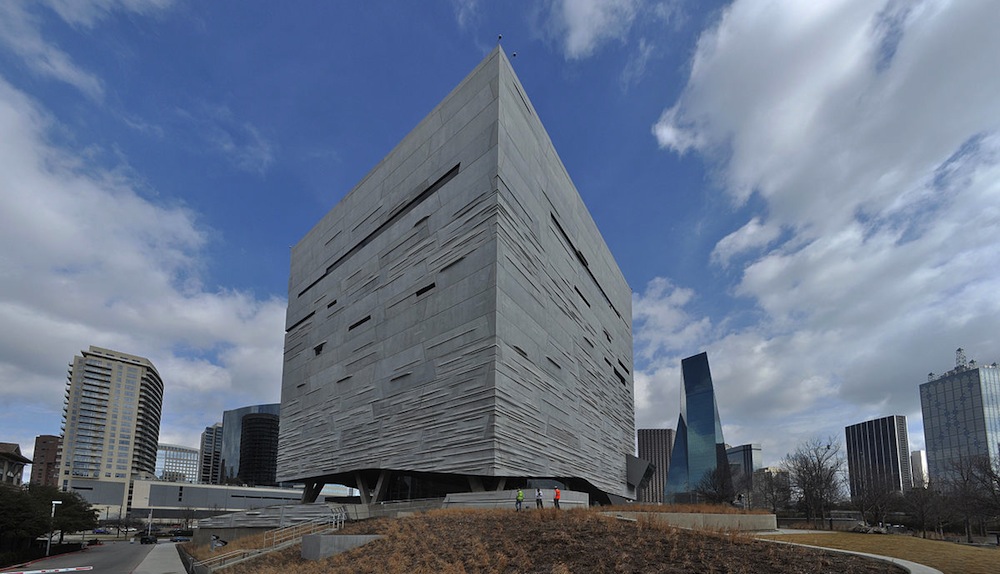The U.S. General Services Administration (GSA) has adopted the SITES rating system for its capital construction program.
Green Business Certification Inc.’s SITES is a program for sustainable land development and management and is used by landscape architects, engineers, architects, developers, and policymakers to align land development with innovative sustainable design. SITES certification is for development projects located on sites with or without buildings including national parks, corporate campuses, streetscapes, homes, and more.
GSA is one of the largest and most diversified public real estate organizations in the world with a portfolio of 376.9 million rentable square feet in 8,721 active assets, and more than 144,000 acres of land, including ports of entry and historical properties. The GSA determined that incorporating SITES into the program offers a highly effective and efficient way to ensure environmental performance to meet federal goals on various capital project types.
The rating system provides a metrics-based approach to important concepts like ecosystem services and green infrastructure. The GSA’s decision is incorporated in the 2016 version of Facilities Standards for the Public Buildings Service (P-100), which establishes design standards and criteria for new buildings, infrastructural projects, major and minor alternations, and work in historic structures for the Public Buildings Service (PBS) of the GSA. This document contains both policy and technical criteria used in the programming, design, and documentation of GSA buildings and facilities.
Related Stories
Codes and Standards | Aug 17, 2018
Zoning changes can be crucial to filling large, empty retail spaces
Alternative uses often require action by local officials.
Codes and Standards | Aug 16, 2018
Nearly a quarter of opioid overdose deaths attributable to construction workers
Massachusetts public health study finds pressure to work in pain contributes to problem.
Codes and Standards | Aug 15, 2018
ICC creates new committee on building safety and security
Will include experts from many different disciplines.
Codes and Standards | Aug 14, 2018
Philadelphia adopts 2018 IECC energy code, while state opts for 2015 code
City is one of the first jurisdictions to adopt newest code.
Codes and Standards | Aug 9, 2018
Denver’s goal of 100% renewable energy by 2030 includes net zero energy buildings
Community solar programs for low income residents part of plan.
Codes and Standards | Aug 8, 2018
Too much parking in U.S. cities proving costly
As car ownership rates drop, excess parking seems more wasteful.
Codes and Standards | Aug 7, 2018
International Fire Safety Standards (IFSS) Coalition created
Professional associations and building standards organizations join forces.
Codes and Standards | Jul 31, 2018
Workers allegedly held in captivity by construction subcontractor in San Jose pay theft case
Contractor pays $250,000 in back wages in Dept. of Labor enforcement action.
Codes and Standards | Jul 17, 2018
Heat island effect can turn deadly in extreme conditions
Of all the impacts of global climate change, it’s extreme heat that kills more Americans each year than any other weather-related event.
Codes and Standards | Jul 17, 2018
NIMBYism, generational divide threaten plan for net-zero village in St. Paul, Minn.
The ambitious redevelopment proposal for a former Ford automotive plant creates tension.

















